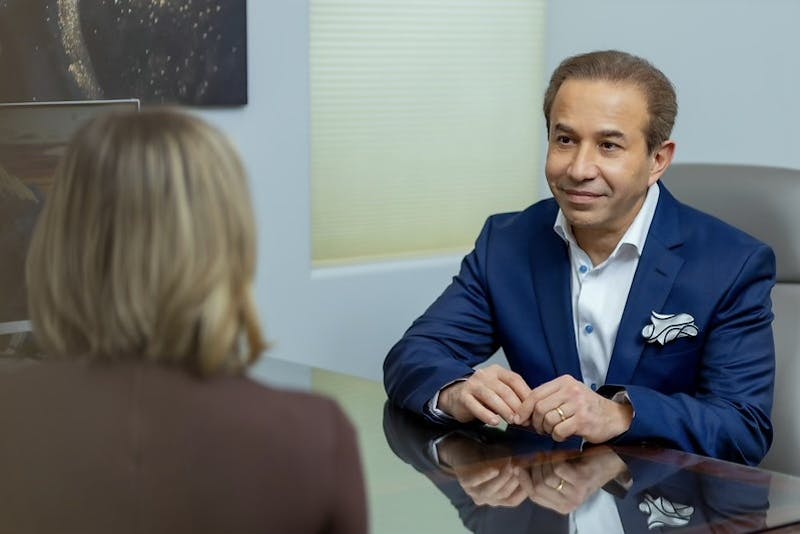
The first thing I notice in a consultation isn’t a wrinkle, a line, or a nose. It’s a story. When a patient walks into my office, there’s always a brief, quiet moment before we speak — a pause that’s almost sacred. In those few seconds, I learn more about their face than they might imagine. Not because I’m searching for flaws. Quite the opposite. I’m reading a map. Every face tells me where it’s been, what it’s endured, how it’s aged — and where it might be headed next.
The Architecture Beneath the Skin
I often start by taking in the structure — the silent architecture that holds everything together. Some faces feel instantly balanced, even before you can point to why. The upper, middle, and lower thirds align like well-built rooms in a timeless home. Others reveal small shifts: a chin that’s just a touch recessed, cheeks that have gently descended over time, or a jawline that has started to soften like the edges of a once-sharp photograph. These are quiet clues, not criticisms. They tell me how to restore balance, not how to erase identity.
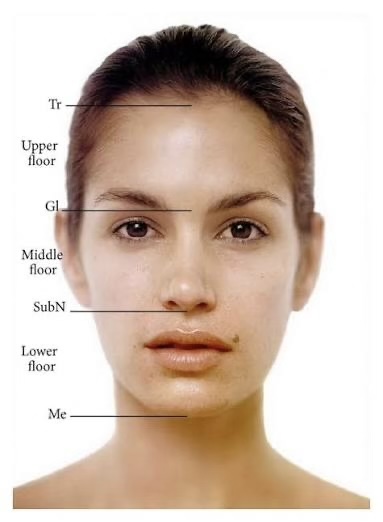
Symmetry, or Something Better
People often say, “I just want symmetry.” But perfect symmetry is a myth — and frankly, it would look strange. The most captivating faces are rarely mirror images. A slightly higher brow, a tilt in the nose, a subtle difference in the cheeks — these are the details that give a face character. When I study a face, I’m not searching for sameness. I’m asking: Where does the individuality end, and where does imbalance begin? It’s a fine line, but knowing where to draw it is what makes the result feel natural.
Time’s Signature
Faces don’t age in straight lines. They age in whispers. Some people lose volume first in the cheeks, others in the temples or around the eyes. A softening jawline can tell me how the years have shifted the facial framework beneath. Fine lines trace the places where expressions have lived the longest. I can often sense not just what has changed, but what will change. It’s like reading a story in progress — seeing not only the past chapters but the ones that haven’t been written yet.
The Language of Movement
Even before a word is spoken, the face moves. A habitual lift of the brow, a faint squint, a subtle tightening of the jaw. These tiny, unconscious expressions tell me about muscle memory — how your face has learned to express emotion over time. A wrinkle isn’t just a mark. It’s a record of every smile, frown, and squint. And if you listen closely, you can tell exactly how it got there.
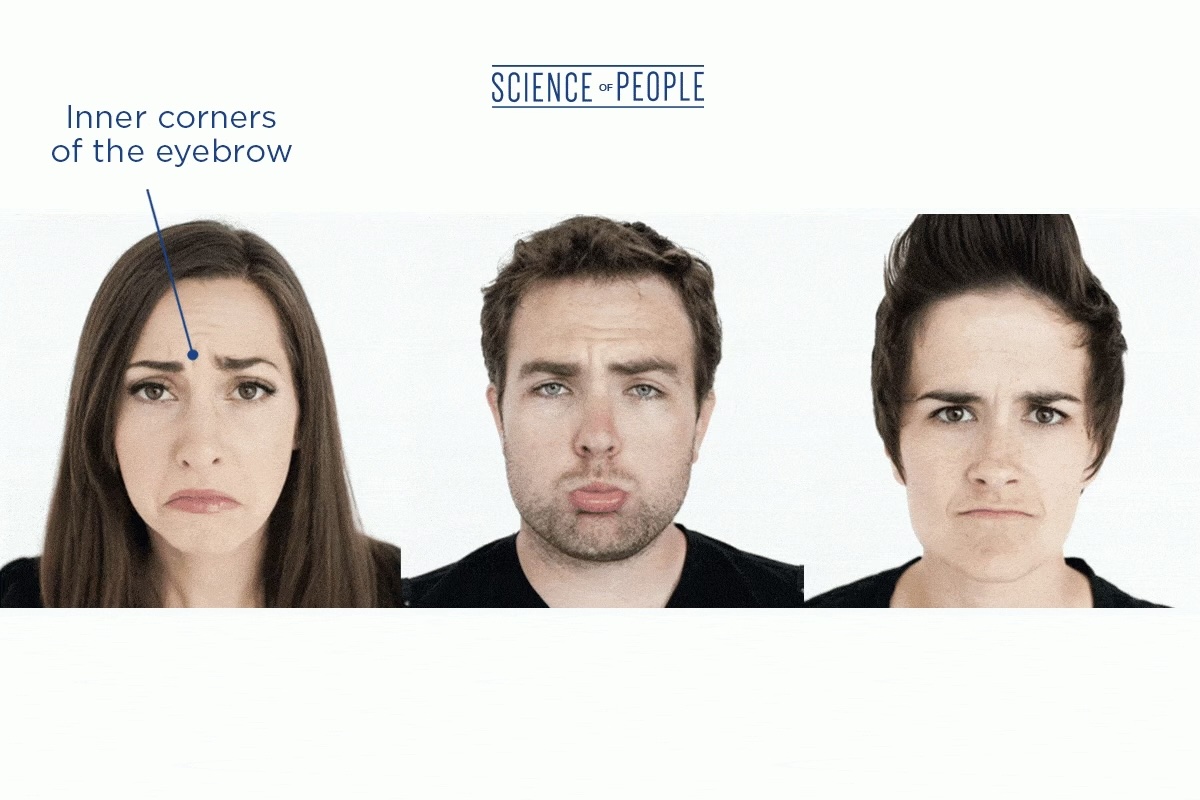
The Skin’s Whisper
Finally, I read the surface — the skin. It’s the thinnest layer, but it carries the loudest whispers: the sun-soaked summers, the sleepless nights, the care you’ve given (or maybe forgotten to give) yourself. Texture, tone, elasticity — all of it speaks. But good skin is only the cover of the book. The true story lives in the layers beneath.
The Art Isn’t in Changing a Face — It’s in Understanding It
This is why my consultations are never about “fixing” people. They’re about translating what a face is already trying to say. Your features, your expressions, your aging patterns — they’re chapters of your personal story. My role isn’t to rewrite it. It’s to help it read more clearly, age more gracefully, and feel more like you. Before you speak, your face has already spoken volumes. My job is to listen — carefully, artistically, and with respect for the story that’s uniquely yours.
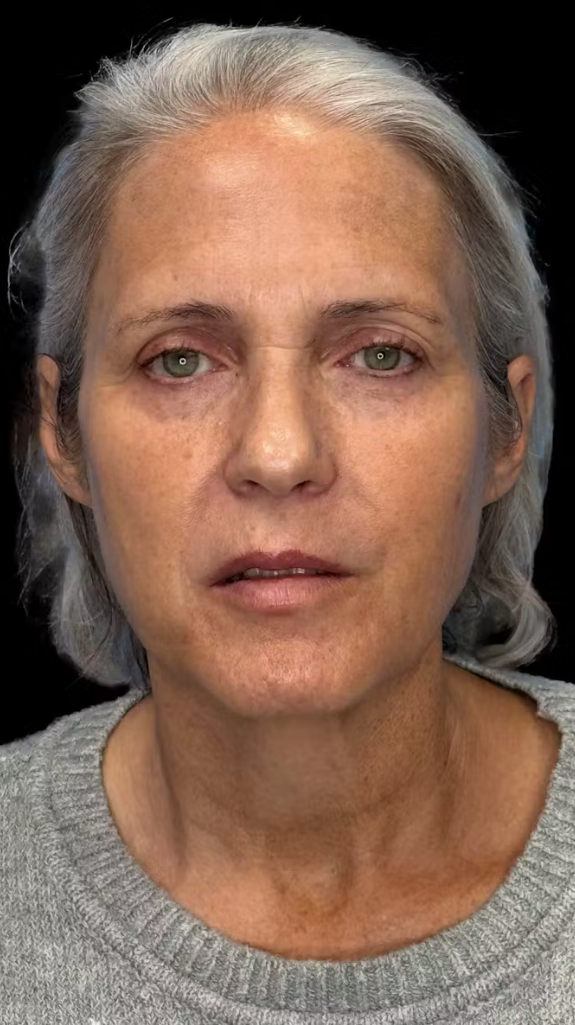
Before
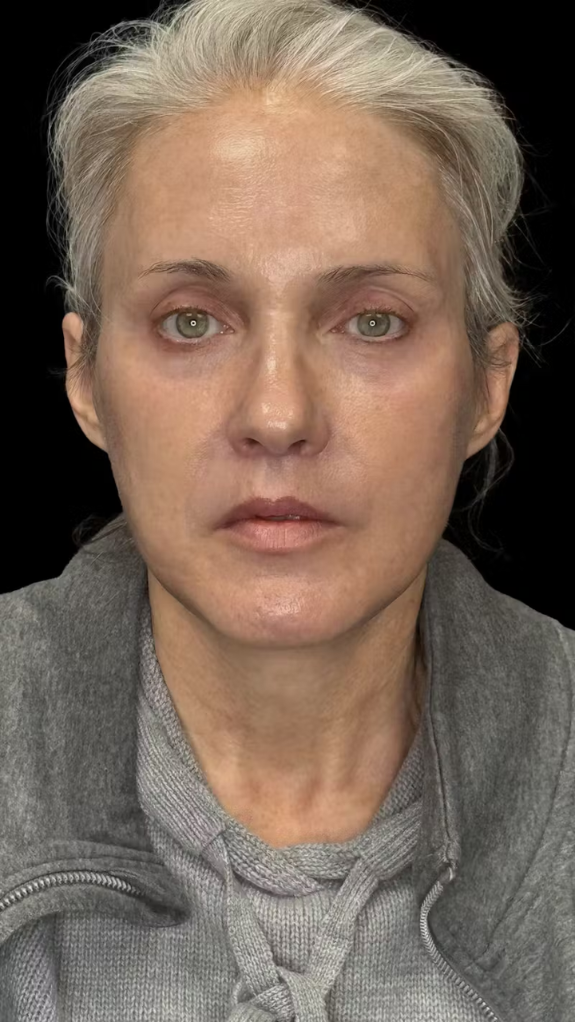
After
Your face has already told its story, let’s help it read more clearly. Schedule a consultation with our facial plastic surgery team.


